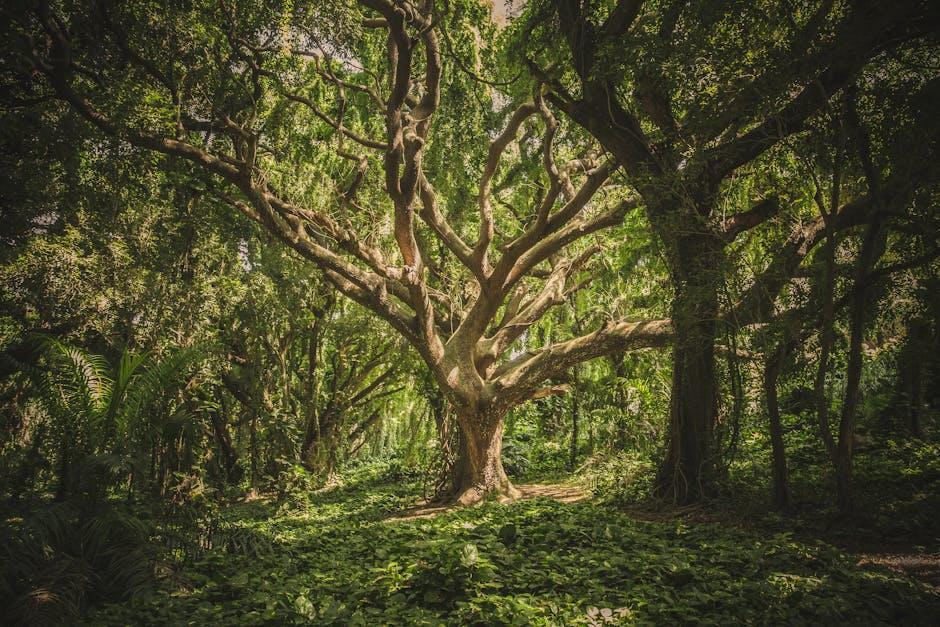In commercial landscaping, the incorporation of trees can provide numerous benefits beyond just adding aesthetic appeal. Integrating trees into commercial landscapes not only enhances the overall design, but also contributes to environmental sustainability and improves the well-being of employees and customers. This article will explore the importance of integrating trees in commercial landscaping and highlight the key considerations and benefits associated with this green practice.
When it comes to commercial landscaping, integrating trees can offer a multitude of benefits. Not only do trees enhance the overall aesthetic appeal of the space, but they also contribute to a healthier environment for employees and visitors. Trees provide shade, reduce noise pollution, and even help improve air quality by absorbing carbon dioxide and releasing oxygen.
When selecting tree species for commercial settings, it’s important to consider factors such as growth rate, mature size, and maintenance requirements. Choosing the right trees can help maximize the aesthetic appeal of the space while minimizing the need for frequent pruning or upkeep. Additionally, taking into account the local climate and soil conditions can ensure the longevity and health of the trees in the landscape.
Key Considerations:
- Choose trees that are well-suited to the local climate.
- Avoid selecting species with aggressive root systems that could interfere with buildings or pavement.
- Consider the mature size of the trees to ensure they won’t outgrow the space.
Practical Tips:
- Regularly water and fertilize trees to promote healthy growth.
- Inspect trees for signs of disease or pests and address any issues promptly.
- Prune trees as needed to maintain their shape and health.
Q&A
Q: What are some benefits of integrating trees in commercial landscaping?
A: Including trees in commercial landscaping can help improve air quality, provide shade and reduce energy costs, enhance the overall aesthetics of the property, and attract customers or tenants.
Q: How can trees be effectively integrated into commercial landscaping?
A: Trees can be strategically placed to provide shade for seating areas, act as natural barriers or screens, and complement the existing architecture and design of the property.
Q: What are some important considerations when selecting tree species for commercial landscaping?
A: It is essential to choose trees that are well-suited to the climate and soil conditions of the area, low maintenance, and non-invasive to utilities and structures. Additionally, selecting native species can help support local ecosystems and reduce water consumption.
Q: How can regular tree maintenance contribute to the success of commercial landscaping projects?
A: Regular pruning and tree care can help ensure the health and longevity of the trees, maintain their aesthetic appeal, and prevent potential safety hazards such as falling branches.
Q: What are some cost-effective ways to incorporate trees into commercial landscaping projects?
A: Utilizing existing trees and integrating them into the overall design, incorporating drought-tolerant species that require less water and maintenance, and partnering with local nurseries or arborists for tree planting and care can all help reduce costs.
Conclusion
integrating trees in commercial landscaping not only enhances the aesthetic appeal of the property but also provides numerous environmental and economic benefits. By carefully selecting and strategically placing trees, businesses can create a more pleasant and sustainable environment for employees, customers, and the community at large. Whether used for shade, privacy, or visual interest, trees play a crucial role in enhancing the overall appeal and functionality of commercial landscapes. Consider incorporating trees into your landscaping plan to reap the many advantages they offer.
Simpsons Tree Services, Servicing Melbourne’s North Eastern Suburbs
Book a quote online at www.simpsonstrees.com.au




